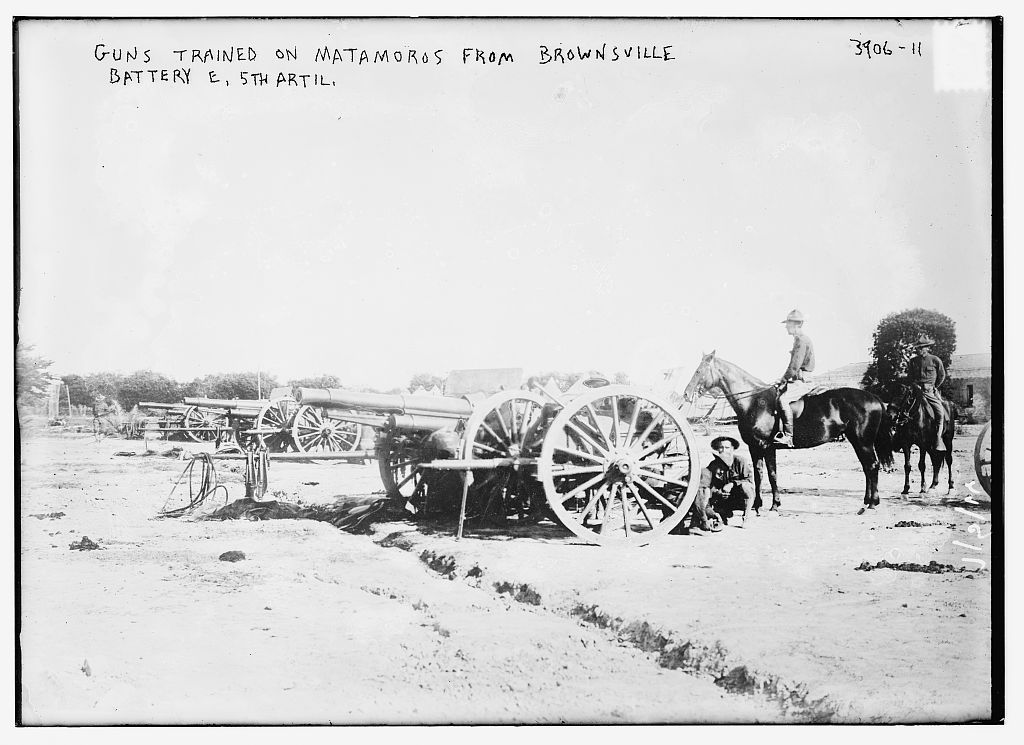Originally Published 01/24/15
by William Carrigan (Rowan University) and Clive Webb (University of Sussex)
The ‘Hora de Sangre’ in Historical Perspective
Between 1910 and 1920, Anglo mobs killed an unknown number of Mexican Americans and Mexican nationals resident in south Texas. The number of such victims has been estimated to have been as low as 500 and to have been as many as 5000. The most probable figure is the low thousands. Spanish-speakers along the border referred to the period as the “Hour of Blood” (Hora de Sangre). In many ways, the violence of this era was unprecedented for the border region. Yet, a comparison with anti-Mexican violence before and after reveals striking parallels and similarities. The following observations draw on the data published in our book, Forgotten Dead: Mob Violence against Mexicans in the United States, 1848-1928.
Similarities
The first similarity to note is that the history of anti-Mexican violence contains earlier periods of intense, riotous violence. Mob violence against Mexicans followed a cycle of eruption and decline.
The first of the three major outbreaks of violence took place in during the California Gold Rush of the 1850s. As gold miner Pringle Shaw recalled: “No sooner is a crime committed than suspicion falls immediately on some unfortunate Mexican or Chileno [who] is commanded to establish his innocence [in] but little time.” The consequence, Pringle concluded, was that “Hundreds have been murdered, or ruthlessly driven from their homes.” [1] The second period of indiscriminate violence took place in the 1870s along the Texas-Mexico border in reaction to rising livestock prices and subsequent theft on both sides of the border. The “Hora de Sangre” was thus the third era of riotous anti-Mexican violence along the border.
A second similarity is that mob violence against Mexicans was almost always greatest during times of increased tension along the US-Mexican border. As a result of the Mexican Revolution, World War I, the Zimmerman Telegram, and the Plan de San Diego, there was much worry and concern about the use of the border by revolutionaries between 1910 and 1920. Similarly, the earlier flood of thousands of Mexican gold seekers across the newly established border in the 1850s and the use of the border by raiders to elude capture by the authorities in the 1870s bred resentment, fear, and anger among Anglos in these earlier eras as well.
The third, and perhaps most obvious, similarity is that the Anglo mobs were consistently motivated by a deep-seated racial prejudice against Mexicans. In the Gold Rush, Anglos attempted to justify their actions against Mexicans on the basis that they were “foreigners.” The reality of mob violence, however, reveals that it was not all immigrants that angered Anglos in the mines. On July 26, 1849, the Alta California published this telling account: “We have been informed that hostilities have been commenced against those who only speak the Spanish language and who cannot speak English.” The newspaper continued, noting that “not only are the English, French, Dutch, Italians, Portuguese, & etc. reported to have been unmolested, but we are informed that they actually composed a part of the expelling force.” Texas resident, but English born, Mary Jacques was blunter, writing in her 1894 memoir that it “is difficult to convince [Anglo Texans] that a Mexican is a human being…. he is treated like a dog, or perhaps not so well… [and even religious men] “looked forward with delight to the hanging” of Mexicans. [2]
Differences
Despite the similarities, there were certainly distinct characteristics of the “Hora de Sangre.” The first is the scale. While we will never know the exact number of Mexicans lynched in the history of the United States, it seems fairly clear that no other period matches the sheer bloodshed of the years, 1915-1919. Even adjusting for the fact that the Mexican population was much larger in 1915 than in 1870 or 1850, it still seems likely that Mexicans were more likely to be murdered by mobs in this period than in any other.
A second characteristic of the 1910s that made it distinctive was the role of local law officers and Texas Rangers. To be sure, both groups had long participated in violence against Mexicans, most famously during the 1870s. Texas Ranger Napoleon Jennings confessed later how his Ranger Company was regularly ordered “to carry out a set policy of terrorizing the Mexicans at every turn” and “to let no opportunity” pass for overriding “the greasers.”[3] Yet, the systematic and sustained execution of Mexicans by Rangers during the “Hora de Sangre” was something new. There is nothing, for example, in the earlier periods that approaches the bloody coldness of the 1918 Porvenir massacre, when Rangers and vigilantes marched fifteen elderly men and adolescents to a ridge before shooting them and leaving their corpses for their wives and mothers to recover.
Perhaps the most striking difference, however, was what took place after the Hora de Sangre. On January 31, 1918, Brownsville resident and Texas State Representative José T. Canales demanded a legislative investigation and filed 19 charges against the Texas Rangers.[4] While Canales did not receive the justice that he sought in the subsequent investigation, the state legislature did act to reform the Rangers who never again posed the same level of danger to Mexicans along the border. It would take another decade of resistance by Mexicans, and the powerful aid of the Mexican government, but the excesses of the Hora de Sangre were critical to the decline of the lynching of Mexicans.
[1] Pringle Shaw, Ramblings in California (Toronto: John Blackburn, 1854), 17.
[2] Mary J. Jaques, Texan Ranch Life (London: Horace Cox, 1894), 361.
[3] N. A. Jennings, A Texas Ranger (Dallas: Southwest Press, 1930), 128-129.
[4] See Benjamin H. Johnson, Revolution in Texas: How a Forgotten Rebellion and Its Bloody Suppression Turned Mexicans into Americans (New Haven: Yale University Press, 2003).
Image credit:
Bain News Service, P. (1916) Guns trained on Matamoros from Brownsville Battery E. 5th Artil. , 1916. [June] [Photograph] Retrieved from the Library of Congress, https://www.loc.gov/item/2014702112/.

